Red light therapy may help reduce inflammation and nerve sensitivity associated with interstitial cystitis when used consistently with the right wavelength range and device setup.
Interstitial cystitis (IC) involves deep inflammation in and around the bladder wall. When heat packs and pain relievers stop delivering results, light-based therapy offers another way to calm the system. The most effective wavelengths are red (around 660nm) and near-infrared (830–940nm), which are tuned to reach below the skin and into connective tissue.
Devices like the Lumara Pad were designed with this depth in mind.
If symptoms like urgency, abdominal pressure, and pelvic tightness haven’t improved with the usual tools, this guide will walk through how light therapy works on IC-related inflammation, how to apply it, and what to expect from consistent use.
How Interstitial Cystitis Impacts Deeper Tissue
Inflammation That Goes Beyond the Bladder Lining
Interstitial cystitis doesn’t limit itself to the surface of the bladder. In many cases, the irritation affects the nerves, fascia, and muscles surrounding the bladder, including the pelvic floor. That’s why standard interventions, like hydration, medications, or dietary changes, don’t always create full relief.
Over time, the pain can shift from being purely inflammatory to becoming neuroinflammatory. This is the point where traditional approaches often stall out.
Why Light Therapy Can Help When Other Tools Don’t
Photobiomodulation, better known as red light therapy, stimulates cellular repair by energizing mitochondria and supporting tissue oxygenation. In practice, this means swelling and sensitivity in the bladder zone may begin to ease over several weeks of use. The combination of red and near-infrared wavelengths is key. Red light reaches surface layers, while near-infrared can engage with the connective tissue and muscle groups near the pelvic nerves.
In a recent observational study, about two-thirds of women with IC who tried light therapy reported a meaningful drop in pelvic pain after just eight sessions. On average, their pain levels dropped by nearly three points on a 10-point scale.
The Lumara Pad was built around those principles. It combines 635, 830, and 940nm wavelengths so no section of the treatment area ends up underdosed.
What Wavelengths Actually Matter for Bladder-Area Relief
Photo Source -> Photobiomodulation, Underlying Mechanism and Clinical Applications
Red (660nm) Supports Surface Circulation and Tension Relief
Red light around 635-660nm interacts primarily with the upper dermis. When placed across the lower abdomen or pelvic region, this wavelength supports blood flow, oxygenation, and cellular turnover near the skin’s surface. That matters for people whose discomfort shows up as tightness, tenderness, or mild inflammation across the lower belly.
Near-Infrared (830–940nm) Delivers Deeper Relief
Wavelengths like 830nm and 940nm penetrate deeper and stimulate repair below the visible skin surface. This makes them particularly useful when pain is diffuse, difficult to localize, or tied to long-term inflammation cycles.
The Lumara Pad combines these deep-reaching wavelengths with close LED spacing and consistent irradiance, helping build a foundation for recovery that isn’t compromised by uneven delivery.
How to Use the Lumara Pad for Interstitial Cystitis Symptoms
Pad Placement Strategies That Make a Difference
Where and how you place your device affects the outcome. The bladder sits low in the pelvis, surrounded by muscle and connective tissue on all sides. To reach it effectively:
-
Place the pad flat across the lower abdomen while lying on your back.
-
Alternate with sessions targeting the sacrum (base of the spine) for posterior access.
-
Use direct-to-skin application when possible to maximize optical transmission.
Users managing pelvic pain alongside IC may benefit from inner thigh or perineal placement, provided the area is accessible, comfortable, and doesn’t provoke irritation.
Recommended Frequency and Duration
Consistency supports recovery. Sessions lasting 5 to 20 minutes, 4 to 6 days per week, can gradually support circulation, reduce sensitivity, and help restore balance in overactive nerve pathways.
The Lumara Pad’s settings were designed with those thresholds in mind.
What Kind of Relief Is Realistic?
Short-Term Responses
Lower abdominal discomfort tends to ease first. You may notice a drop in pelvic tension and nighttime urgency after several sessions. These early shifts don’t indicate full resolution, but they suggest cellular signaling is beginning to change.
Red and infrared light reduce inflammation by targeting nitric oxide buildup and encouraging mitochondrial repair. These biological changes take time. However, consistent application can build momentum in the background of flare cycles.
What Long-Term Use Can Unlock
Over the course of several weeks, some individuals experience longer gaps between flares, a more stable bladder response, and reduced nerve hypersensitivity in the lower pelvis. Relief isn’t linear, but cumulative use builds regulation into the system.
Staying consistent is what matters most. Tools like the Lumara Pad are designed for repeat use across high-sensitivity areas and deliver therapeutic energy without relying on high heat or invasive output.
Recognizing It’s a Therapy, Not a Quick Fix
There are no instant resets in conditions like IC. Light therapy is meant to complement, not replace, your existing care framework. Results build in layers. The goal is slow recalibration, not short-term masking.
Is It Safe for the Pelvic Region?
Proper Use Starts with Targeted Placement and Time Control
Devices with high output need structure. That includes session limits, distance from skin, and consistency in placement. For pelvic-region treatment, it’s safer and more effective to position panels or pads against the lower abdomen or sacrum instead of aiming light directly into the pelvic cavity.
A device like the Illuminate Red Panel offers focused, surface-level output for shallow muscle layers. When used on the lower belly or thighs, it can help reduce surface tension or inflammation without penetrating too deeply into sensitive structures.
The Lumara Pad, on the other hand, is designed for deeper depth. It delivers red and near-infrared energy safely across wider areas like the lower abdomen and pelvic girdle without relying on high heat or optical scatter.
Who Might Benefit the Most?
Diagnosed IC with Persistent Inflammation
Some individuals reach a plateau with dietary shifts, pelvic floor work, and medication. When symptoms persist in the form of low-level, widespread inflammation, light therapy offers a non-invasive support layer that works in the background of flare cycles.
People Managing Nerve-Linked Bladder Sensitivity
Those who experience burning, spasm, or radiating pain across the pelvis, even without visible bladder inflammation, may be dealing with sacral nerve involvement. Red and near-infrared light help support the environment around those nerves by promoting ATP production and calming inflammation.
A Non-Invasive Tool For You
Interstitial cystitis creates a difficult terrain, deep-tissue discomfort, flare unpredictability, and nerve-based sensitivity that doesn’t respond to surface-level treatments. Red and near-infrared light offer a non-invasive tool to gradually shift that terrain.
By targeting inflammation, promoting circulation, and supporting tissue recovery, light therapy can serve as a long-game strategy. When applied consistently across the lower abdomen or sacrum and with the right wavelengths, it fits into a broader effort toward symptom regulation, not symptom chasing.
Devices like the Lumara Pad were built to support that kind of routine. Their configurations match what the research suggests helps most: targeted energy.
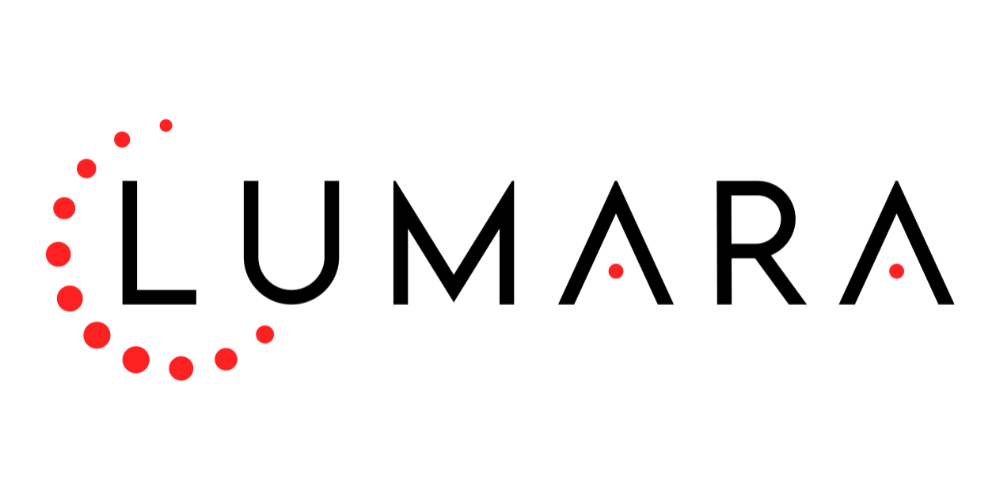
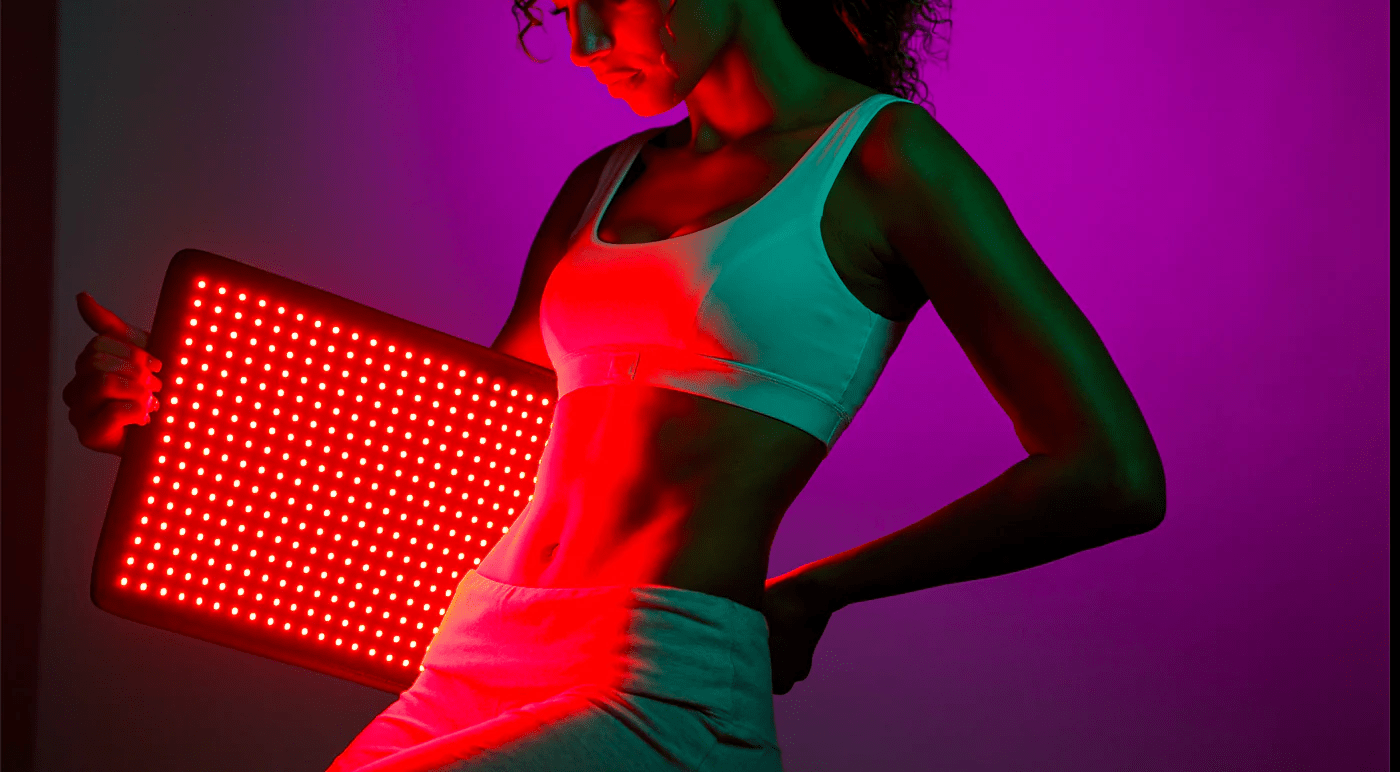
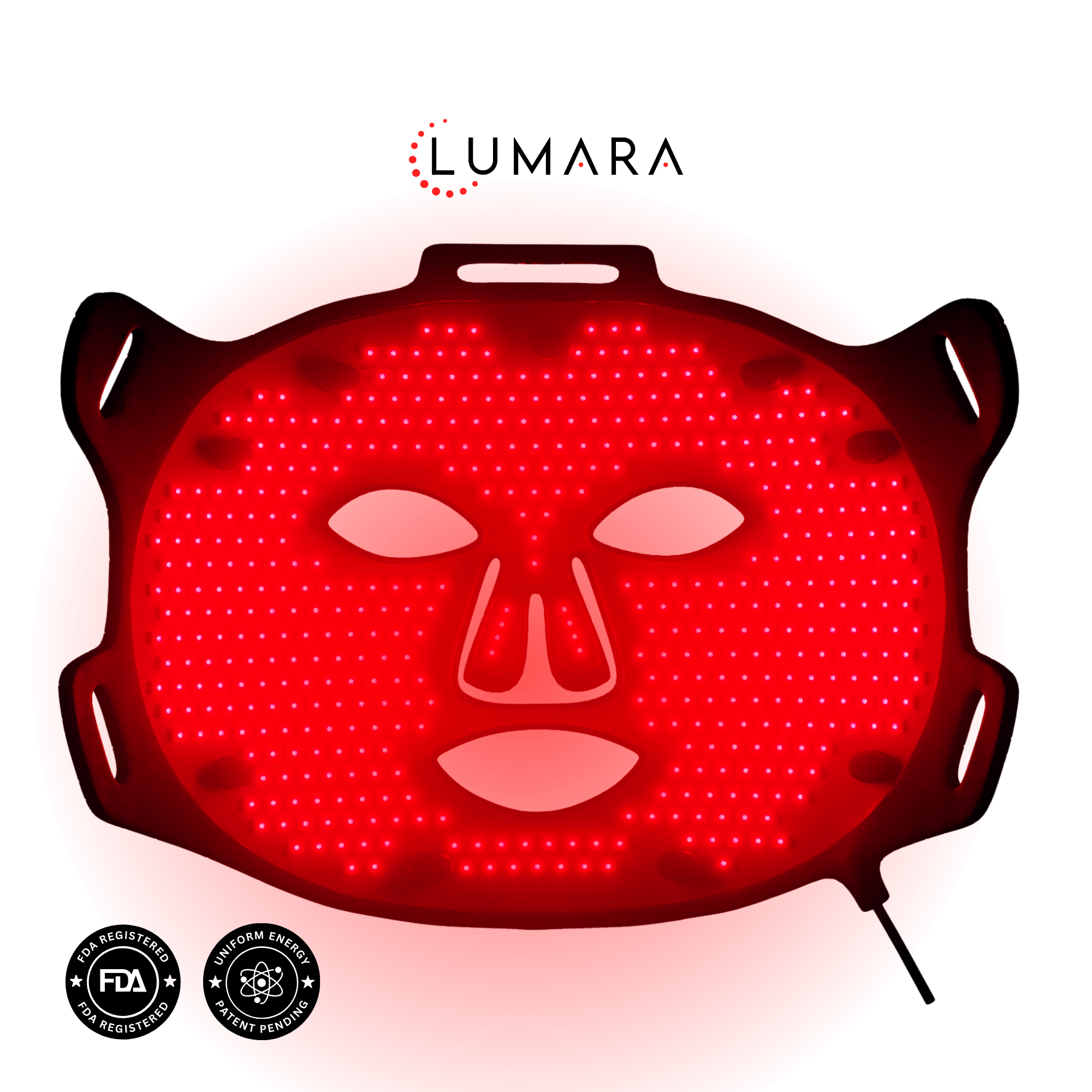

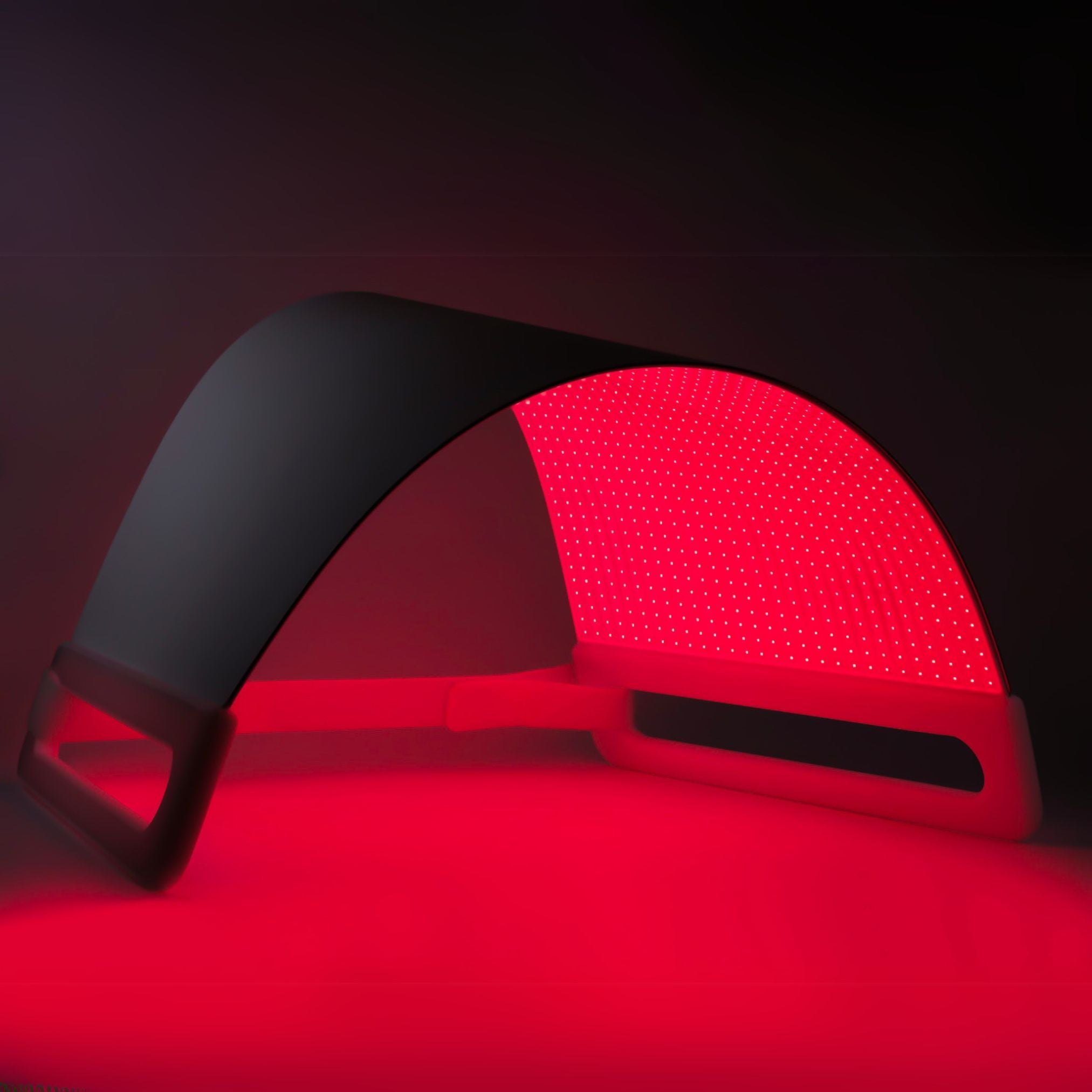
Share:
Red Light Therapy for Diverticulitis Relief & Gut Support
Microneedling vs Red Light Therapy: What Works Best for Skin